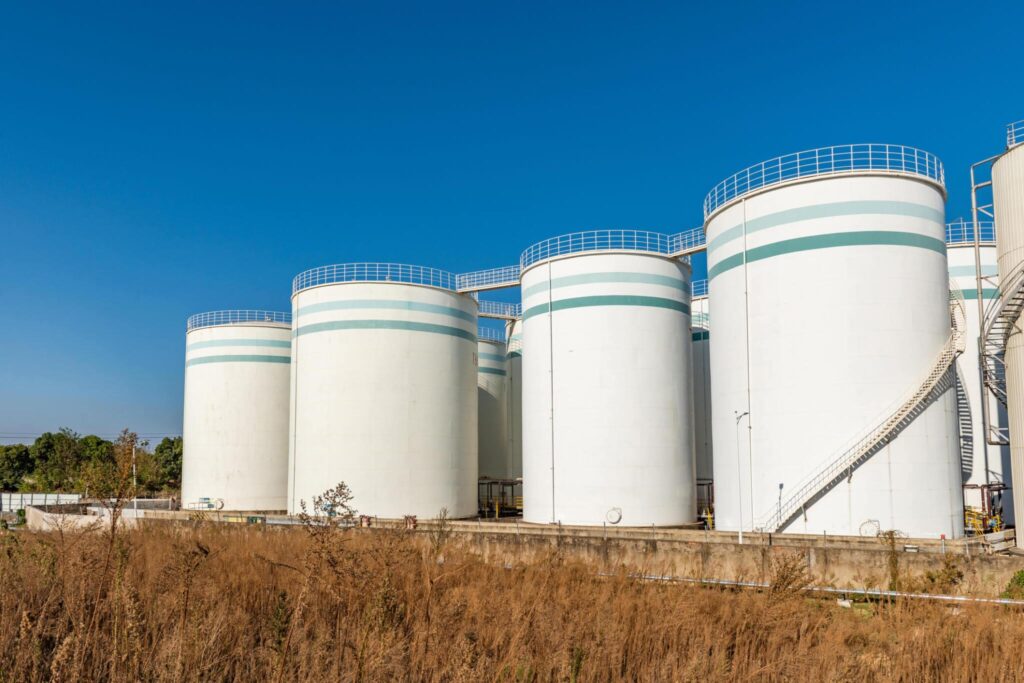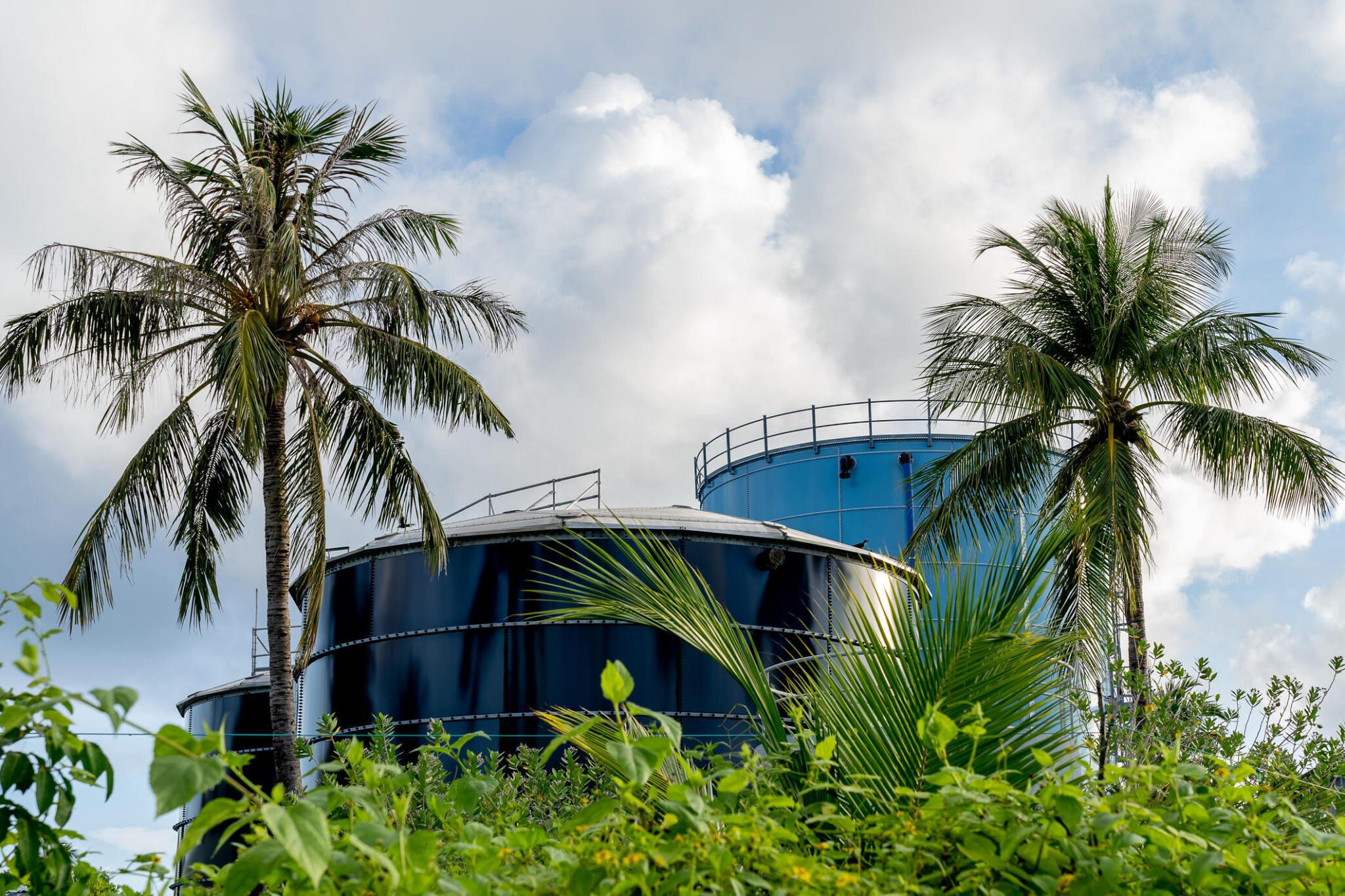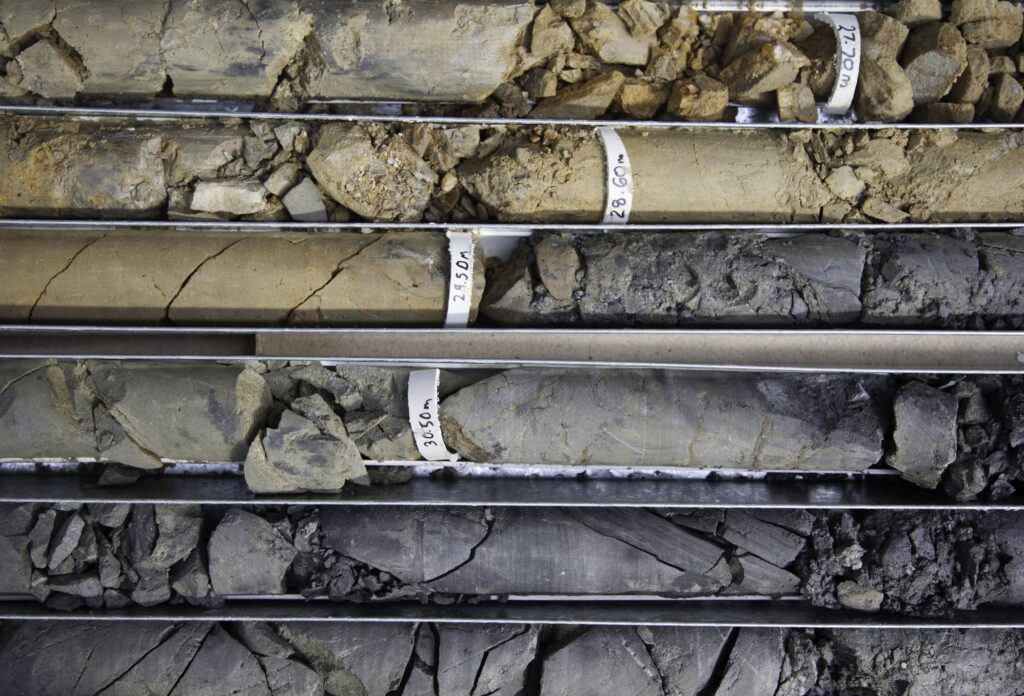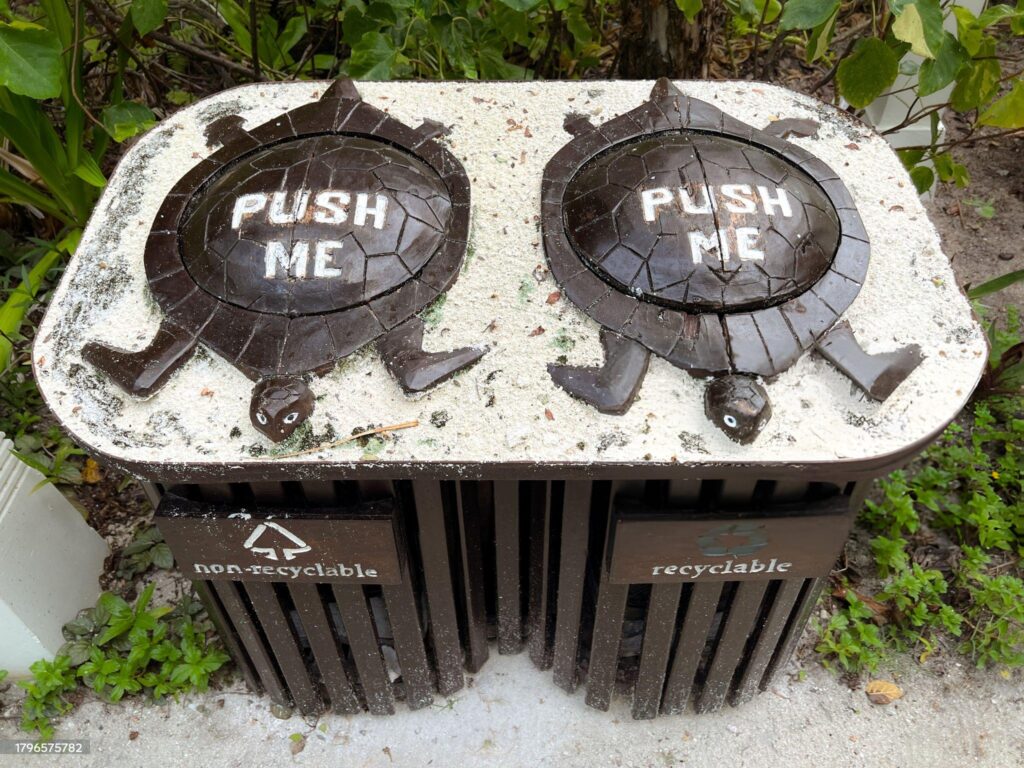The Maldives, a paradise archipelago, faces a unique water challenge: balancing limited freshwater resources with ever-increasing demand from tourism and development. This necessitates sustainable water management practices, and at SIDCO, we believe it all starts with choosing the right materials. In this blog, we explore the crucial process of testing and selecting materials for water resistance and permeability in the Maldives.
A Delicate Balance
The Maldives relies heavily on rainwater harvesting, desalination, and groundwater extraction, but these resources are limited and vulnerable to contamination. Additionally, the harsh coastal environment, with its salty air and rising sea levels, poses challenges for infrastructure integrity and water management. Selecting materials that are water-resistant and have controlled permeability is crucial for:
- Preserving precious freshwater: Minimizing water loss through leaks and seepage is essential for ensuring water security and reducing reliance on desalination.
- Protecting infrastructure: Water infiltration and damage to structures can lead to costly repairs and pose safety risks.
- Preventing contamination: Choosing impermeable materials in sensitive areas safeguards freshwater sources from saltwater intrusion and pollution.
Testing for Watertightness
At SIDCO, we employ rigorous testing methods to assess a material’s water resistance and permeability:
- Water absorption tests: Measure the amount of water a material absorbs, indicating its susceptibility to water damage.
- Hydraulic conductivity tests: Evaluate how easily water flows through a material, crucial for assessing its suitability for specific applications like rainwater harvesting systems.
- Leak detection tests: Utilize advanced technologies to identify even minute leaks in structures and infrastructure.
- Field testing: Real-world monitoring of existing structures and materials provides valuable insights into their long-term performance in the Maldivian environment.
Beyond Testing: Material Selection Strategies
Testing alone isn’t enough. We consider various factors when selecting materials:
- Material composition: Concrete admixtures, water-repellent coatings, and geosynthetics can enhance water resistance and control permeability.
- Design strategies: Proper drainage systems, waterproofing membranes, and strategic material placement can minimize water infiltration and leakage.
- Lifecycle cost analysis: Choosing durable, low-maintenance materials with minimal replacement needs contributes to overall sustainability.
- Local availability and environmental impact: Sourcing materials locally and considering their environmental footprint during production and disposal are crucial aspects of sustainable construction.

Building a Water-Wise Future
By meticulously testing and selecting water-resistant and permeable materials, we can:
- Conserve precious water resources: Minimizing water loss and maximizing efficiency contribute to water security for present and future generations.
- Protect infrastructure and property: Durable materials withstand the elements, reducing maintenance costs and ensuring structural integrity.
- Promote sustainable development: Responsible material selection minimizes environmental impact and fosters a circular economy.
At SIDCO, we are committed to promoting sustainable water management in the Maldives. By collaborating with researchers, policymakers, and the construction industry, we can share best practices and advocate for wider adoption of water-resistant and permeable materials. Together, we can build a future where water woes become a distant memory, and the Maldives continues to thrive as a beacon of sustainability.




